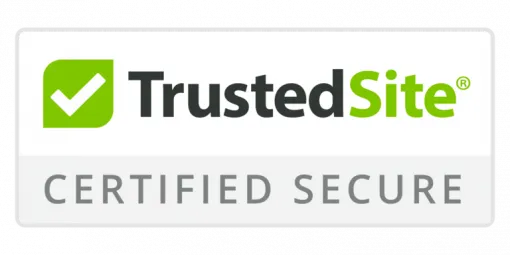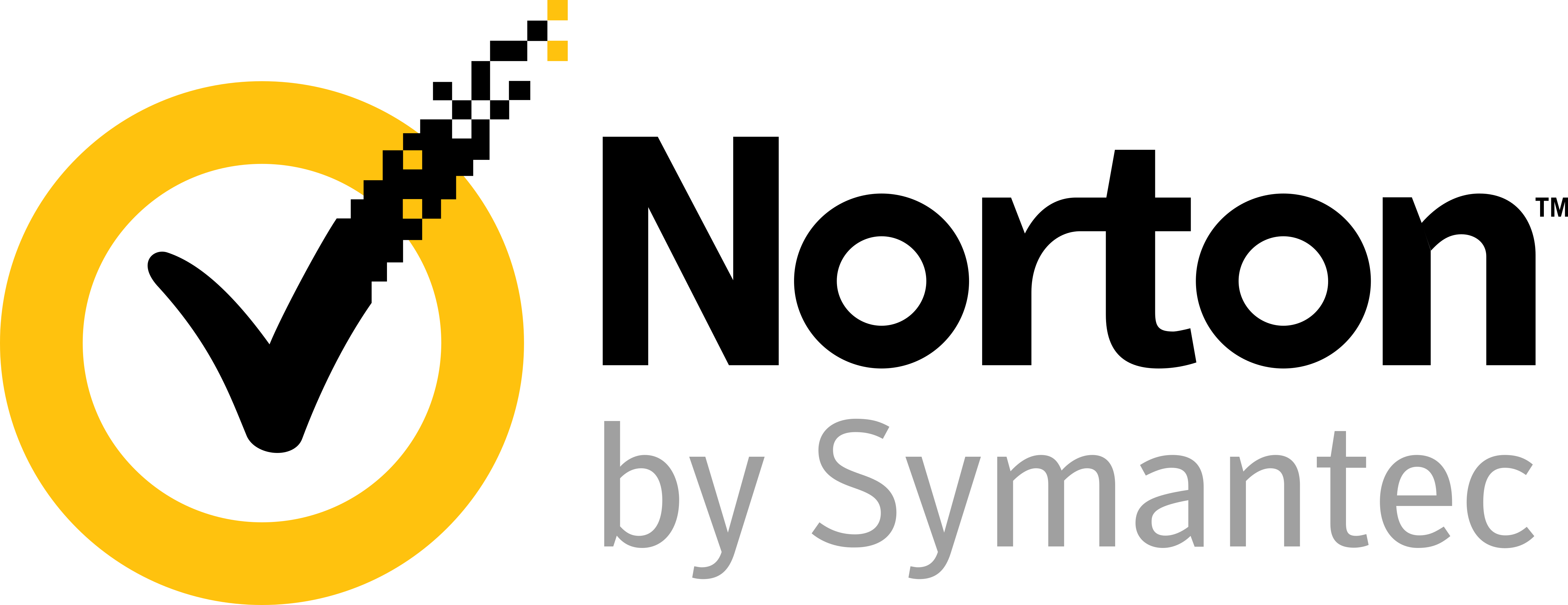Building a domain portfolio for flipping as a side hustle involves buying and selling domain names for profit. To start, you need to understand what makes a domain valuable. Key factors such as brandability, keyword relevance, and market demand determine a domain's worth.
To find undervalued domains with high resale potential, research niches with growing market demand and identify available domain names that match relevant keywords. Utilize online tools such as domain registrars, keyword planners, and marketplaces to discover hidden gems. Analyze domain metrics like registration history, backlinks, and search volume to gauge a domain's potential.
When selecting domains, prioritize those with top-level domain (TLD) extensions like .com, .net, and .io. Consider the length and readability of the domain name, as well as its brandability and memorability. Aim for domains with a strong commercial intent, such as product or service-based keywords.
To maximize profits, set competitive prices for your domains based on industry benchmarks and comparable sales data. Create a portfolio with a mix of short-term and long-term holds to spread risk and capitalize on emerging trends. Utilize online marketplaces, social media, and domain communities to market your domains and attract potential buyers.
As you build and maintain your portfolio, continuously monitor market trends and adjust your strategy accordingly. Refine your research skills, stay up-to-date on industry developments, and be prepared to adapt to changes in the market. With a well-informed approach and effective execution, domain flipping can be a lucrative side hustle.
Understanding Domain Value Factors
Assessing the value of a domain is crucial for domain flippers, particularly when aiming to quickly flip or resell. To evaluate a domain's value, consider the impact of its extension on resale value. TLDs like .com hold greater value than .net or .io due to higher demand.
Analyze a domain's SEO potential by examining keyword relevance and the likelihood of driving organic traffic. A domain's brandability also contributes to its overall worth. This includes whether the name is easy to recall, pronounce, and spell.
Furthermore, consider the traffic history, with older domains and those with significant past traffic typically valued higher. Understanding market demand and a domain's potential for resale or development into a full-fledged website is essential.
Researching Profitable Domain Niches
Building a lucrative domain portfolio as a side hustle requires identifying profitable niches that are in high demand and have a strong potential for resale value. Researching these niches helps you understand what types of domains are sought after and what prices they can command.
Niche identification involves analyzing market trends, consumer demand, and competitor activity to pinpoint areas of opportunity. Conducting competitor analysis reveals what types of domains are being bought and sold, and at what prices, enabling informed decisions about which niches to target and what types of domains to acquire.
4 key areas to focus on when researching profitable domain niches include:
- Industry trends: Identify growing industries with strong online presences, such as e-commerce, finance, or healthcare, that can be leveraged for a side hustle.
- Keyword demand: Use tools like Google Trends or Keyword Planner to find in-demand keywords and phrases with potential for domain name sales.
- Domain sales data: Analyze recent domain sales to identify popular niche areas and price points, helping you make informed decisions for your side hustle.
- Competitor research: Study competitors' domain portfolios to uncover gaps and opportunities in the market, ultimately building a valuable domain portfolio as a side hustle.
Setting a Budget for Domains
When starting a domain flipping side hustle, setting a budget is crucial to determining the scope of your operation. Your budget will dictate how many domains you can purchase and hold, which in turn affects your potential profit.
To create a budget that aligns with your investment strategy and risk assessment, consider costs such as domain registration fees, renewal fees, and expenses associated with maintaining your portfolio.
Prioritize domains with high resale potential when allocating your budget to ensure smart financial decisions. Track every transaction, including price negotiations and sales, to refine your investment strategy and make data-driven decisions that optimize returns.
Also, consider the cost of holding onto domains that don't sell immediately. Weigh the costs of maintaining these domains against the potential profit from reselling them.
Effective budget allocation and expense monitoring are vital to navigating the domain flipping market and making informed decisions to maximize profits in your side hustle.
Choosing a Domain Registrar
You'll want to choose a domain registrar that fits your flipping strategy and budget.
When comparing registrars, consider their fees – not just for initial domain registrations, but also for renewals, transfers, and any premium services you might need.
Your goal is to select a registrar that offers a cost-effective balance of service, support, and tools, making it easier for you to buy, sell, and manage your domain portfolio.
Comparing Registrar Fees
When starting a side hustle, registering a domain name is often a crucial step. To ensure you're getting the best deal, comparing registrar fees is essential.
Here's what to evaluate:
- Initial registration fees: What's the upfront cost of registering a domain for your side hustle with the registrar?
- Renewal fees: How much will you pay to renew your domain after the initial registration period ends, potentially affecting your side hustle's long-term expenses?
- Bulk discounts: If you plan to register multiple domains for different side hustles or ventures, are there any discounts offered for bulk registrations?
- Registrar promotions: Can you take advantage of promotions or special offers to save on registration or renewal fees, ultimately increasing your side hustle's profit margins?
Evaluating Registrar Services
When building a domain flipping side hustle, selecting the right registrar services is crucial. A reliable registrar can make a significant difference in managing and growing your domain portfolio, ultimately affecting your profitability. Look for registrar reviews to get an idea of a registrar's strengths and weaknesses in supporting domain flippers.
| Registrar Features | Benefits for Domain Flippers |
|---|---|
| Customer Support | Quick resolution of issues, minimizing downtime and potential losses |
| Domain Management Tools | Easy domain management, transfers, and updates, streamlining the flipping process |
| Security Features | Protection from domain hijacking and unauthorized updates, safeguarding your investments |
| Additional Services | Services like web hosting, email hosting, and SSL certificates, adding value to your domains |
A registrar with reliable customer support, user-friendly domain management tools, and robust security features is essential for domain flippers. Consider a registrar that offers additional services to enhance your domains' value and streamline your workflow. By choosing a registrar that meets your needs, you can establish a solid foundation for your domain flipping side hustle and maximize your profits.
Finding Undervalued Domains
As you start building your domain portfolio, finding undervalued domains is key to maximizing your returns.
To identify hidden gems, you'll need to stay on top of market trends, analyzing what's in demand and what's on the decline.
Identify Market Trends
Building a lucrative side hustle in domain investing requires identifying market trends that reveal undervalued domains with potential for significant resale value. This involves staying informed on emerging technologies, shifting consumer behavior, and evolving market demands in your spare time. By recognizing trends early, you can snag undervalued domains before they become hot commodities and flip them for a profit.
To identify market trends in your side hustle, focus on the following areas:
- Emerging Tech: Use your free time to stay updated on breakthroughs in fields like AI, renewable energy, or biotechnology, which can create new industries and spark domain demand.
- Consumer Behavior: Observe changes in how people live, work, and interact, such as the rise of remote work or e-commerce, which can drive domain value and create opportunities for side hustlers.
- Industry Disruptions: Look for startups or innovations that are revolutionizing traditional industries, like fintech or healthcare, creating new opportunities for domain investment and side hustle profit.
- Pop Culture and Trends: Keep an eye on popular culture, memes, and trends in your spare time, which can create a surge in demand for related domains and help you earn a side income.
Analyze Domain Metrics
Analyzing domain metrics is crucial in identifying undervalued domains with strong resale potential for your domain flipping side hustle. Key indicators such as domain age, search volume, backlinks, and keyword relevance help you pinpoint domains with potential.
Evaluating domain authority is essential as it indicates the domain's credibility and trustworthiness, and a higher score can increase the domain's value.
Assessing keyword relevance ensures the domain's keywords align with popular search terms and have a strong search volume.
A robust backlink profile can also enhance the domain's authority and ranking, making it more attractive for resale.
Negotiating Domain Purchases
Negotiating Domain Purchases for a Lucrative Side Hustle
Savvy domain portfolio builders manage to acquire great domain names without overpaying by employing effective negotiation strategies. To build a profitable side hustle buying and selling domains, analyzing the seller's motivation and assessing the domain's value are crucial. Making informed offers helps close deals quickly, maximizing returns on investments.
Understand market value: Research the domain's worth using tools like GoDaddy Auctions, Sedo, or NameBio to make data-driven offers. This due diligence helps side hustlers avoid overpaying and ensures a decent profit margin when reselling.
Starting with a low offer leaves room for negotiation. This tactic also helps establish a lower anchor price, which can influence the final sale price. Side hustlers should be prepared to receive counteroffers and negotiate a mutually acceptable price.
Establishing a transparent and respectful communication channel helps build trust with the seller. This rapport can encourage the seller to accept an offer or provide valuable information about the domain, improving the side hustler's negotiation position.
Knowing when to walk away is essential in domain negotiation. Side hustlers must avoid emotional attachment to specific domains and be prepared to abandon negotiations if the sale terms become unfavorable. Staying focused on the deal's profitability and being open to alternative options can make a side hustle more effective.
Building a Diverse Portfolio
A diverse domain portfolio is crucial for side hustlers looking to succeed in the domain flipping business. To build a strong portfolio, you need to diversify your investments across different domain types and industries. This includes investing in generic top-level domains (gTLDs), country-code top-level domains (ccTLDs), and new top-level domains (nTLDs) that cater to various niches, such as e-commerce, finance, and technology.
By spreading your investments across multiple industries, you minimize the risk of a downturn in one industry impacting your overall portfolio. This approach also increases the potential for long-term growth. To manage risk effectively, it's essential to set a budget and stick to it, monitor market trends, and be prepared to adapt to changes in the market.
Diversifying your portfolio also enables you to capitalize on emerging opportunities and ride out market fluctuations. A well-crafted domain portfolio that features a diverse range of high-demand domains is key to establishing a successful domain flipping side hustle. By adopting a strategic approach to building a diverse portfolio, you can increase your chances of success in the domain flipping business.
Staying on Top of Trends
Staying on top of trends is crucial in domain flipping, where market demand can shift rapidly due to factors like technological advancements, changes in consumer behavior, and emerging industries. To keep your portfolio competitive, anticipate and adjust to these trends through trend forecasting and market analysis, which help identify up-and-coming industries, popular products, and the latest consumer fads.
Four techniques can help you stay trend-savvy:
- Track industry events and conferences to understand what's emerging and in-demand.
- Conduct social media listenings to gauge chatter around specific keywords and hashtags.
- Explore new niches by visiting online spaces like Reddit or Quora to see what people want to know or discuss more.
- Observe your competition by checking public domain listings on websites in the domain reselling segment to note which domains they may be planning to sell.
Selling Domains for Profit
Transforming your domain portfolio into a lucrative business asset requires a strategic sales approach, taking into account buyer psychology, market trends, and the nuances of online marketplaces like Sedo or GoDaddy Auctions.
To master domain flipping, develop tactics that balance profit goals with realistic valuations, while showcasing each domain's value through branding strategies that highlight memorability, SEO benefits, and target audience appeal.
Setting the right price is crucial, as overpricing can deter potential buyers, while underpricing can result in lost profits. Be aware of market fluctuations and regulatory changes that may impact domain values, and factor these risks into pricing decisions.
Utilize auction strategies like reserve prices and proxy bidding to maximize sale prices while minimizing risks.
Ultimately, successful domain flipping involves understanding both the needs of your buyers and the dynamics of the market, enabling you to create mutually beneficial sales that fuel the growth of your side hustle.
Conclusion
With a well-curated domain portfolio in place, the next step is to start generating revenue.
Focus on acquiring undervalued domains, honing negotiation skills, and selling at optimal prices.
As the portfolio grows, diversification will help mitigate risks and increase potential profits.
Strategic buying and selling will be crucial in achieving success in the domain flipping side hustle.

















































0
View comments